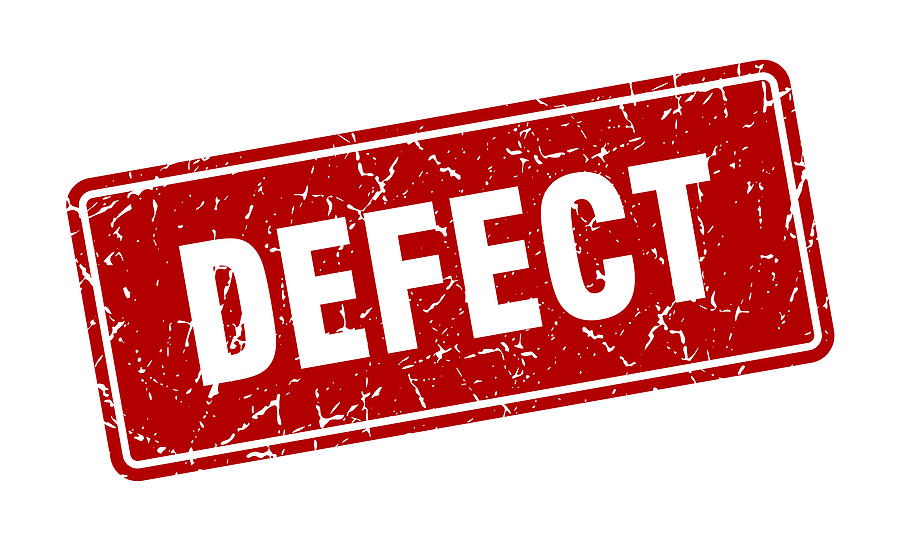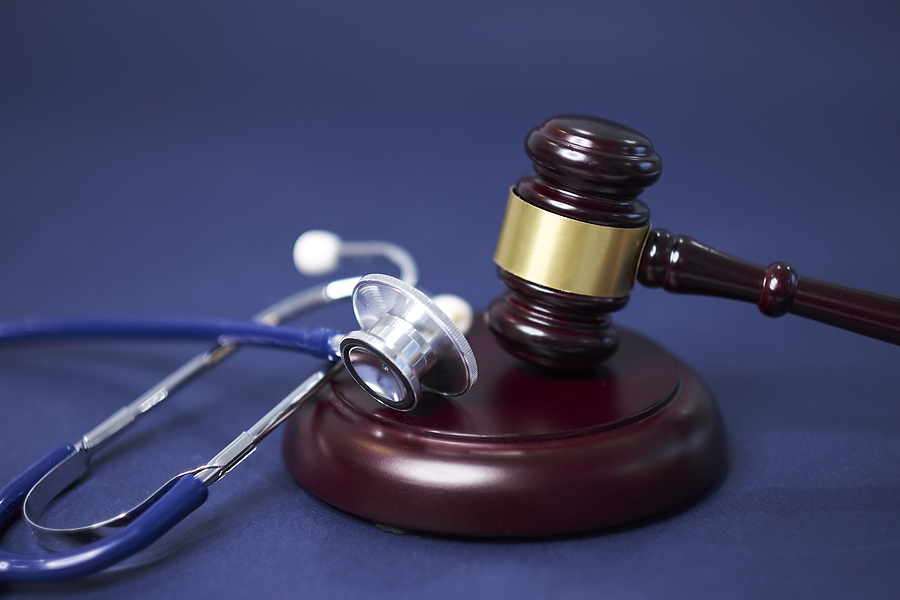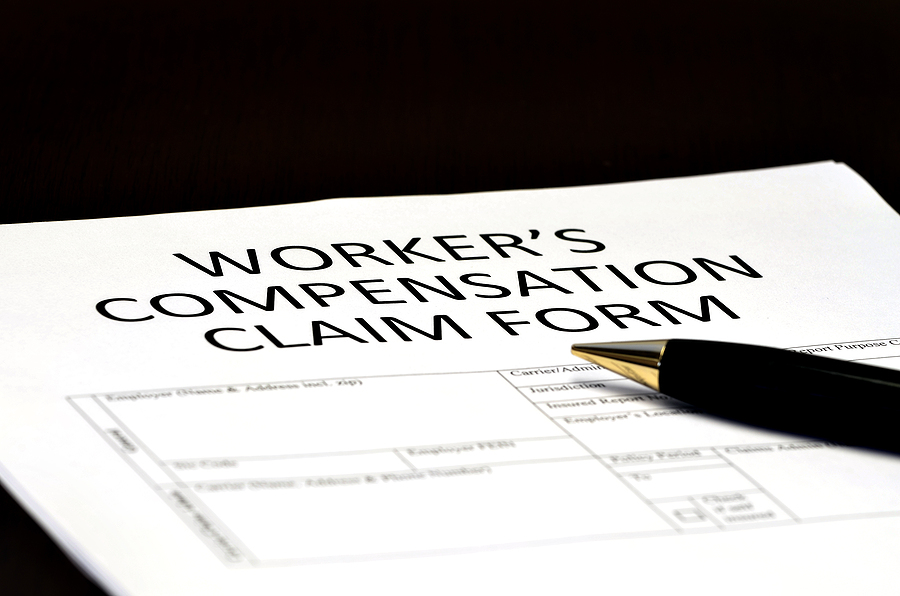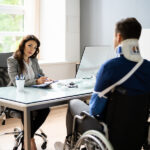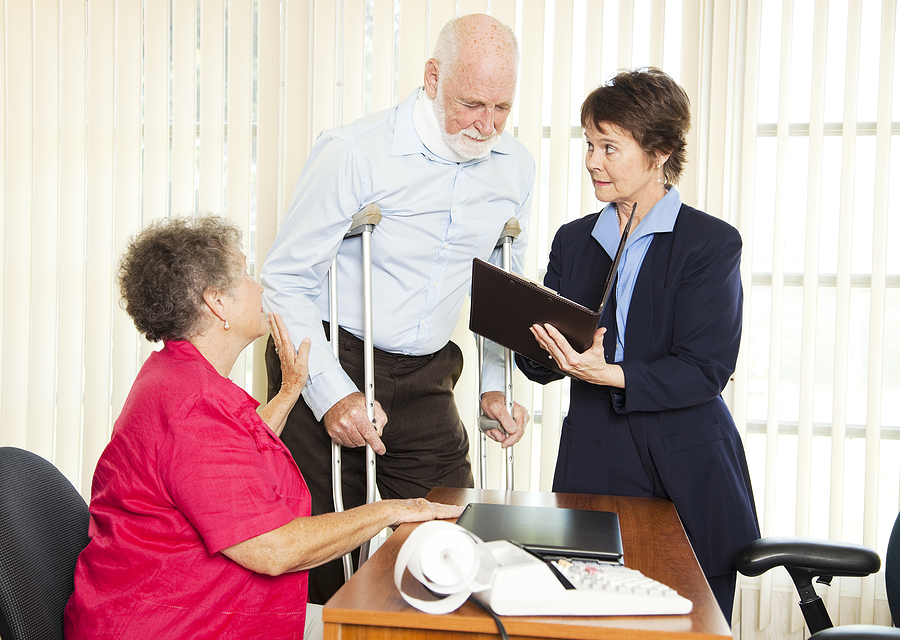According to statistics compiled by the Consumer Product Safety Commission, or CPSC, more than three million individuals are injured and in excess of 22,000 are killed as the result of product defects each year.
In certain instances, these detrimental flaws may be the result of another party’s negligent or malfeasant actions. When such circumstances arise, injured subjects might be able to recover compensation for their injuries through a civil process known as a product liability lawsuit.
Product Liability Overview
Product liability is a facet of civil law, which holds the designers, manufacturers, and sellers of various readily available consumer products responsible should consumers become injured after using or ingesting said items.
Specific Types of Product Liability
There are three major product liability differentiations: design flaws, manufacturing flaws, and the failure to warn.
Design
These types of flaws occur when a specific product possesses an inherently faulty design structure.
Manufacturing
In such instances, the makers of the product in question constructed said item in a flawed manner.
Failure to Warn
Certain products might come with a certain degree of risk. Under such circumstances, manufacturers are charged with the responsibility of providing adequate warning to potential consumers. Should said entities fail to provide such cautions, they could be held legally liable for injuries consumers incur as a result.
Civil Actions Involving Product Liability
In most states, product liability cases are determined in terms of negligence or strict liability.
Product liability falls under the purview of personal injury law. Demonstrating outright negligence in a product liability case often proves more challenging for a plaintiff and their product liability lawyer.
In the vast majority of personal injury cases, claimants must clearly prove the accused was irresponsible or committed an act of malfeasance, this act precipitated an injury-inducing mishap, their injuries were solely caused by said incident and cannot be attributed to any preexisting physical injury or systemic illness, and the compensation sought directly relates to those injuries.
When discussing product liability cases, states mandating the demonstration of negligence require claimants to prove to an adjudicating body that the designer or manufacturer executed some form of irresponsible action and that this wrongdoing led to the incident in question and caused the plaintiff’s injuries.
That said, other states enable claimants to pursue suits on the basis of a legal principle known as strict liability. This civil law provision is somewhat easier to prove because the claimant does not need to demonstrate the accused committed any irresponsible act. The basis of such claims is that certain products are inherently dangerous regardless of how much care is taken, and those injured as a result should receive compensation.
Actions Injured Parties Can Take
Individuals who believe they possess a legitimate product liability claim are encouraged to execute specific measures in the immediate aftermath of their injuries. Such actions are designed to enhance their argument:
Seeking Medical Care
A thorough medical evaluation will play a significant role in confirming injuries are connected to the incident in question.
Document Events
Injured parties are strongly encouraged to carefully document the events leading up to and during the incident in question.
Gather Eyewitnesses
If the incident occurred in a public venue, gather contact information of any eyewitness who could corroborate the plaintiff’s claims.
Consult with a Product Liability Lawyer
Arguably, the most critical action a prospective product liability case claimant could take is to consult with and eventually retain the services of an experienced product liability lawyer.
Said legal professionals can perform vital duties, such as determining which party may have been responsible for the product defect, performing research regarding the history of certain potentially dangerous products, identifying other parties injured in similar incidents, and consulting with key witnesses like designers or product engineers.
Image Source: BigStock.com (Licensed)
Related Categories: Legal, Reviews


